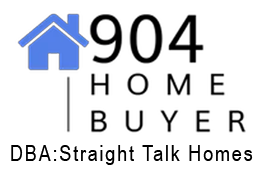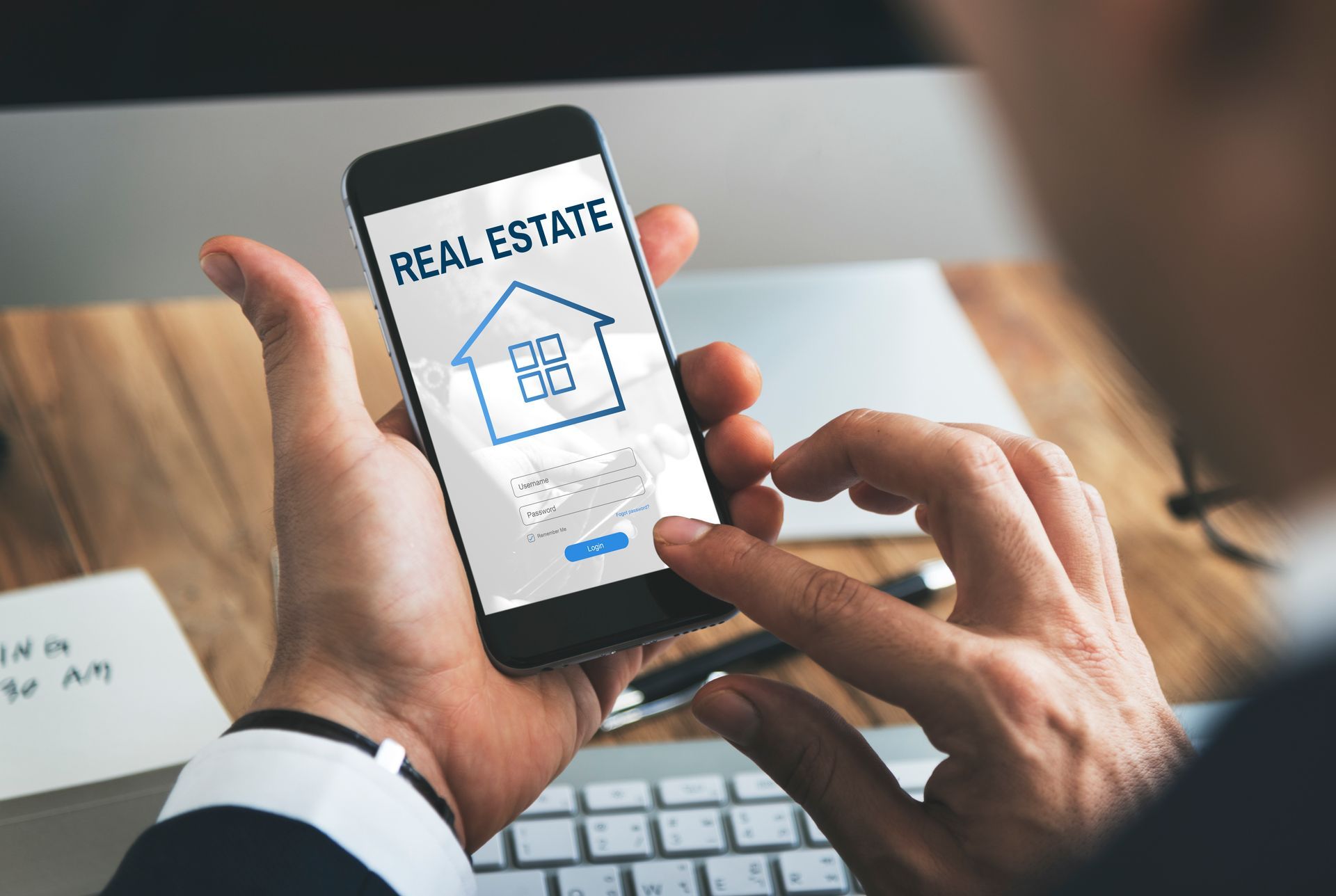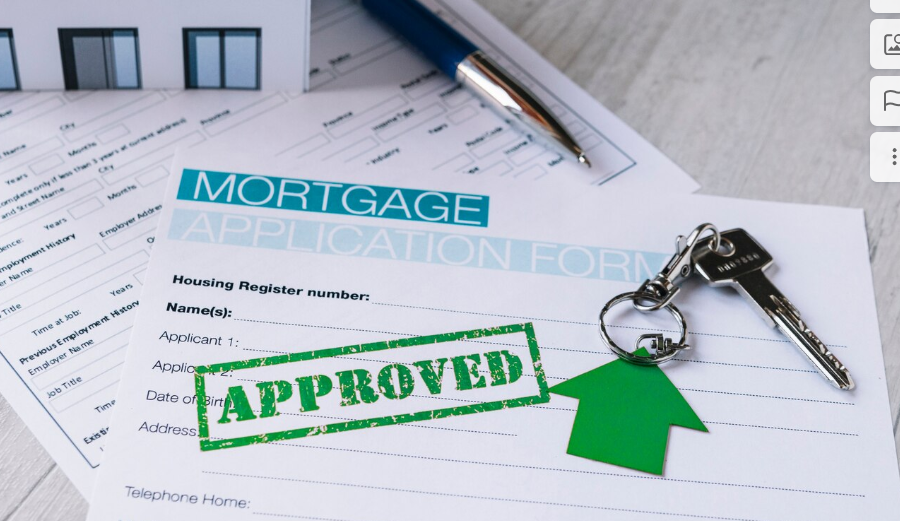The Impact of Homeowners Insurance Rates on Florida Property Sales
Florida might be the Sunshine State, but when it comes to homeowners insurance, things are getting a little stormy. Literally. Between hurricanes, flooding risks, and a volatile insurance market, premiums are rising faster than a tide during storm season. And if you're selling a home in Florida—or thinking about it—those climbing rates are probably creeping into your conversations with potential buyers.
Let’s break down what’s really happening with Florida’s homeowners insurance, how it’s changing the real estate game, and what sellers can do to stay ahead.
What’s Going On With Homeowners Insurance in Florida?
Here’s the situation: insurance premiums in Florida have spiked dramatically in recent years. In some counties, homeowners have seen their insurance costs double—or even triple—within a year. Florida's average annual homeowners insurance premium now ranks as one of the highest in the nation.
This isn't just a coincidence or a temporary blip. It's a result of several overlapping factors:
- Hurricane risk: Florida’s location means it’s constantly in the crosshairs of storm season. The threat of property damage makes insuring homes riskier—and pricier—for insurance companies.
- Flooding and climate change: Rising sea levels and increasingly severe storms make many Florida properties more vulnerable than ever before.
- Litigation overload: Florida has faced an unusual volume of insurance-related lawsuits. Some carriers have even left the state altogether due to high claim costs.
- Insurance company exits: With fewer insurers operating in the state, less competition often means higher prices for everyone.
For buyers and sellers alike, this all translates to one major reality: homeowners insurance is no longer just a line item in a closing disclosure—it’s a major factor influencing whether deals happen at all.
How Rising Premiums Are Affecting Buyers
Here’s the hard truth: even if a home is priced well and in great condition, high insurance premiums can scare off buyers.
1. Higher Monthly Costs
Buyers today look at the full monthly payment, not just the mortgage. A steep insurance premium can throw off affordability calculations and even push certain homes out of a buyer’s budget. If someone’s pre-approved for a $2,500/month housing cost, and insurance eats up $800 of that, the math starts getting tricky.
2. Tighter Lending Conditions
Some lenders won’t underwrite a loan unless insurance is locked in—and affordable. If buyers can’t get coverage or can’t afford the premium, financing falls apart. Deals fall through before they even begin.
3. Increased Hesitation
Buyers worry: “If the premiums are this high now, what will they look like in five years?” That concern can lead to more negotiations, longer decision-making timelines, or passing on homes in high-risk areas altogether.
What Sellers Can Do to Stay Competitive
Yes, it’s a tough market. But sellers aren’t powerless. With the right strategy, it’s still very possible to stand out—even with high insurance costs in the background.
1. Get an Insurance Quote Upfront
Before listing, work with a reputable insurance agent to get a quote on coverage for your property. Share it with buyers to ease their uncertainty. If your home qualifies for any discounts (like wind mitigation), highlight those upfront.
Example: A Jacksonville seller had a wind mitigation inspection done that knocked $1,200 off the annual premium. Sharing that with buyers helped them close faster—no surprises, no stress.
2. Invest in Risk-Reducing Upgrades
Think storm shutters, updated roofing, or flood barriers. These aren’t just safety measures—they’re selling points. Many upgrades lower the cost of insurance, which can be a huge win for buyers.
If you’ve already made improvements, document them. Show buyers the receipts, before-and-after photos, and any inspection reports you have.
3. Be Transparent in Your Listing
Don’t wait for insurance costs to come up at the last minute. Be upfront in your listing description or showings. Buyers appreciate honesty, and knowing you’re not hiding anything builds trust.
4. Offer Credits or Rate Buydowns
If insurance premiums are high, consider offering closing cost credits or even buying down their mortgage rate to offset the monthly burden. It’s a creative solution that can make your home more financially appealing without cutting the asking price.
5. Highlight What Makes Your Home Low-Risk
Does your home sit on higher ground? Is it far from the floodplain? Has it never had a claim? These are all important details that could tip the scales for a hesitant buyer.
A Shifting Landscape for Florida Sellers
Let’s face it: Florida is still one of the most desirable places to live in the country. But the insurance climate is changing how buyers shop—and how sellers must respond. Instead of ignoring the issue, smart sellers are tackling it head-on. They’re making updates, getting proactive, and showing buyers that even with high premiums, their home is still a smart investment.
We’ve seen firsthand how these market shifts are affecting sales. That’s why we help Florida sellers position their homes strategically, offering guidance and support at every step—from prep to closing.
Final Thoughts
High homeowners insurance rates might be here to stay for a while in Florida, but that doesn’t mean home sales are doomed. It just means sellers need to be a little more strategic, a little more transparent, and a lot more proactive.
So if you’re thinking about selling, now’s the time to get ahead of the curve. Understand what buyers are up against, and do what you can to make your home the one that stands out in the crowd—even in a stormy market.
Need help figuring out your next move? 904 Home Buyer is here to help navigate the waves and get your home sold.

Salim Omar
Salim is a straight-talking CPA with 30+ years of entrepreneurial and accounting experience. His professional background includes experience as a former Chief Financial Officer and, for the last twenty-five years, as a serial 7-Figure entrepreneur.









